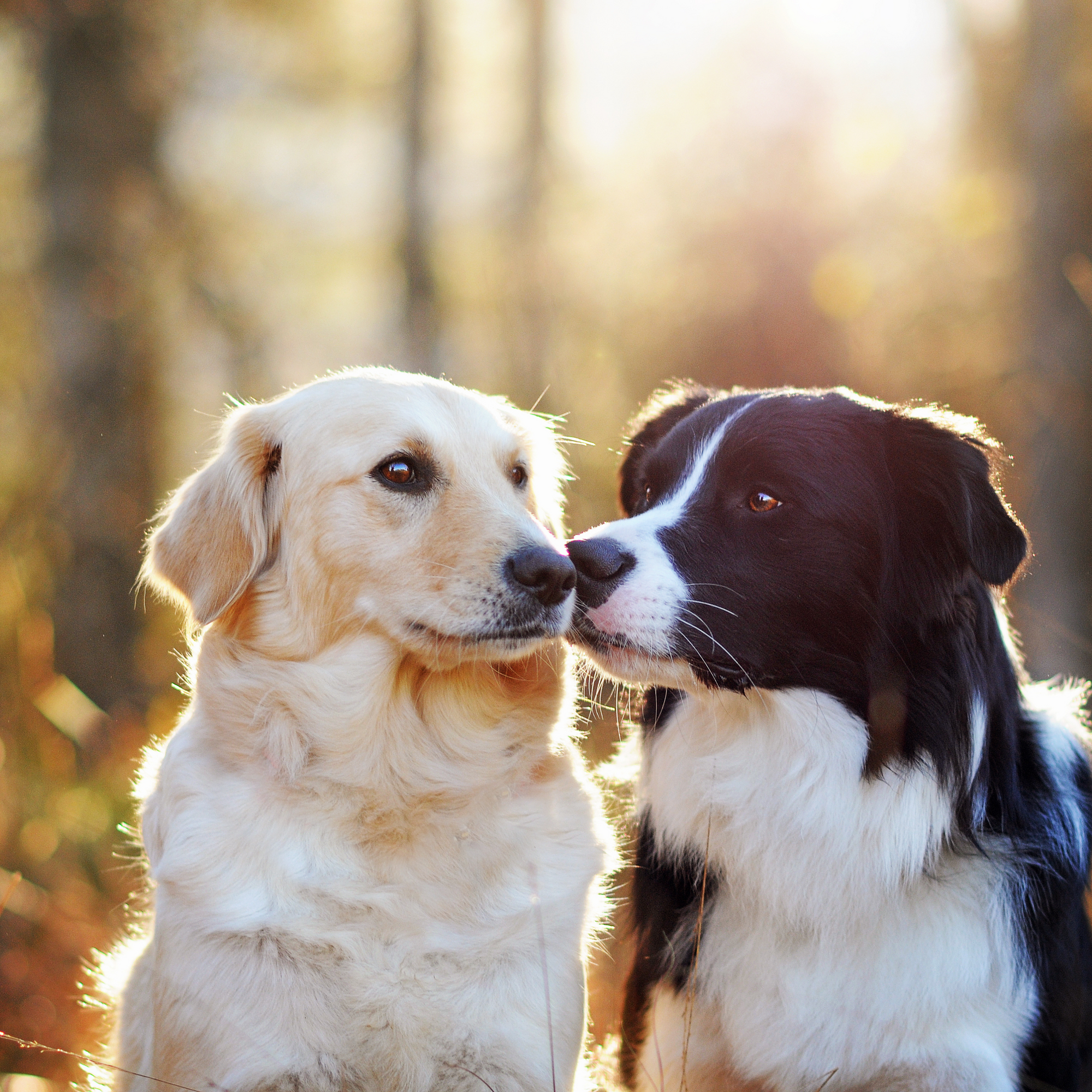The Role of Socialization in Dog Walking: Meeting Other Dogs Safely

Socialization plays a crucial role in dog walking, especially when it comes to meeting other dogs safely. Here's why socialization is important and how to ensure positive interactions:
The Importance of Socialization:
Behavioral Development: Socialization helps dogs develop appropriate social skills and behaviors. It exposes them to various situations, people, and dogs, making them more adaptable and less likely to react fearfully or aggressively.
Reducing Fear and Aggression: Dogs that are well-socialized tend to be less fearful or aggressive towards other dogs. They learn to navigate social interactions calmly and confidently.
Stress Reduction: Dogs that are familiar with meeting other dogs during walks are less likely to become stressed or anxious in these situations. This promotes overall well-being and reduces the chances of behavioral problems.
Tips for Safe Dog-to-Dog Interactions During Walks:
Observe Body Language: Pay close attention to the body language of both dogs. Signs of relaxed and friendly behavior include loose, wagging tails, relaxed ears, and playful stances. Signs of stress or aggression include stiff body postures, raised hackles, growling, or baring teeth. If you see any signs of discomfort or aggression in either dog, be prepared to intervene.
Ask Permission: Always ask the other dog owner for permission before allowing your dogs to interact. Not all dogs are social or friendly, and some may have behavior issues. Respecting other owners' boundaries is essential.
Use Leashes Initially: Keep both dogs on leashes during the first meeting. This allows you to maintain control and quickly separate them if necessary. Gradually let out slack in the leashes as the dogs become more comfortable.
Neutral Ground: Choose a neutral location for the meeting. Dogs can be territorial, so avoid meeting on one dog's "home turf." A park or open area is often a good choice.
Controlled Approach: Approach the other dog and owner calmly and slowly. Keep a safe distance at first and gradually allow the dogs to approach each other. Avoid rushing or forcing the interaction.
Positive Reinforcement: Reward both dogs with treats and praise for calm and friendly behavior. Positive reinforcement can help create positive associations with meeting other dogs.
Know When to End the Interaction: If the dogs are not getting along or one dog becomes anxious or aggressive, calmly and decisively end the interaction. Use commands like "leave it" or "come" to call your dog away.
Practice Gradual Exposure: If your dog is not used to meeting other dogs, start with short and controlled interactions and gradually increase the exposure over time.
Supervision is Key: Never leave dogs unattended during interactions, especially when they are still getting to know each other. Be prepared to intervene at any sign of trouble.
Respect Leash Laws: Always adhere to local leash laws, which may require dogs to be on a leash in certain areas. Even if your dog is friendly, others may not appreciate unsolicited interactions.
Incorporating socialization into your dog walking routine can be a positive experience for both you and your pup. However, always prioritize safety and be mindful of your dog's comfort level. Positive interactions with other dogs can help your dog build confidence and become a well-adjusted and happy companion.
If you would like to read more such blogs, download the sploot app here - the one stop shop for all things pet parenting.

